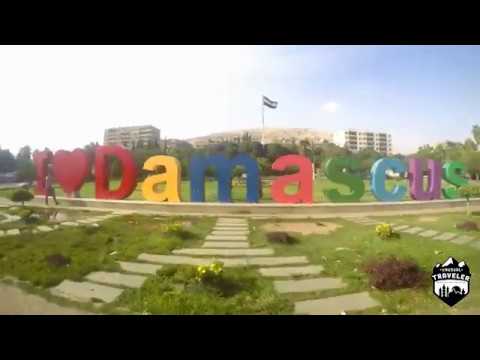
In 2017, Syria remained a country deeply marred by conflict, yet it held a complex mosaic of history, culture, and once-thriving tourist spots. The ongoing civil war, which began in 2011, had largely devastated the nation’s infrastructure and severely impacted its tourism industry. Despite the ongoing conflict, there were still areas where the curious and brave ventured, drawn by Syria’s rich historical legacy.
#### The Risks and Reality of Tourism in War-torn Syria
The prospect of tourism in Syria during 2017 was fraught with significant risks. Most global governments advised against all travel to Syria due to active conflict zones, terrorism threats, and extreme political instability. Large portions of the country were unsafe for locals, let alone tourists. Nonetheless, some regions relatively safer than others saw limited tourism activity.
#### Historical Treasures Amidst Turmoil
Prior to the conflict, Syria was celebrated as a cradle of civilization boasting several UNESCO World Heritage Sites. These included the ancient cities of Damascus, Aleppo, and Palmyra – places that tell tales as old as time itself.
1. **Damascus**: Known as one of the oldest continuously inhabited cities in the world, Damascus once attracted tourists with its vibrant souks (markets), historic mosques like the Umayyad Mosque, and a maze of narrow alleys steeped in history.
2. **Aleppo**: Before the war, Aleppo was famed for its architectural marvels such as the Citadel of Aleppo and its bustling ancient markets. However, much of its heritage has suffered colossal damage due to continuous battles throughout several years.
3. **Palmyra**: The ancient city known for its stunning Roman ruins experienced cycles of destruction and partial restoration during ISIS control. By 2017 efforts were being made to assess and restore what remains after ISIS was driven out earlier.
#### Humanitarian Aspects
For those who traveled there either for journalistic purposes or humanitarian aid; they faced harsh realities including witnessing first-hand accounts from displaced individuals or observing damaged cultural sites which symbolized deep national trauma.
Humanitarian tourists often engaged directly with refugee relief programs or documented stories that needed international attention—though such activities also required high levels of caution given the volatile security scenarios.
#### A Glimpse into Syrian Culture
Even amidst turmoil, Syrian culture—known for its hospitality and rich culinary traditions—found ways to endure. Local cuisines such as Shawarma wraps or Falafel stalls continued to operate wherever possible providing a semblance of normalcy. Traditional crafts and music performances slowly started regaining their space during periods when violence subsided briefly.
#### Conclusion
Tourism in Syria during 2017 was not about leisurely sightseeing but rather about acknowledging resilience amidst adversity. For those who visited either out of necessity or professional commitments tied to humanitarian causes witnessed a different aspect—a resilient nation struggling for normalcy against unimaginable odds.
As we look back now from an outsider’s perspective it becomes apparent how integral peace is not just for safeguarding cultural heritage but also for nurturing humanity’s spirit against despairing circumstances – a lesson well noted from observing Syria’s story unfold over turbulent years.
